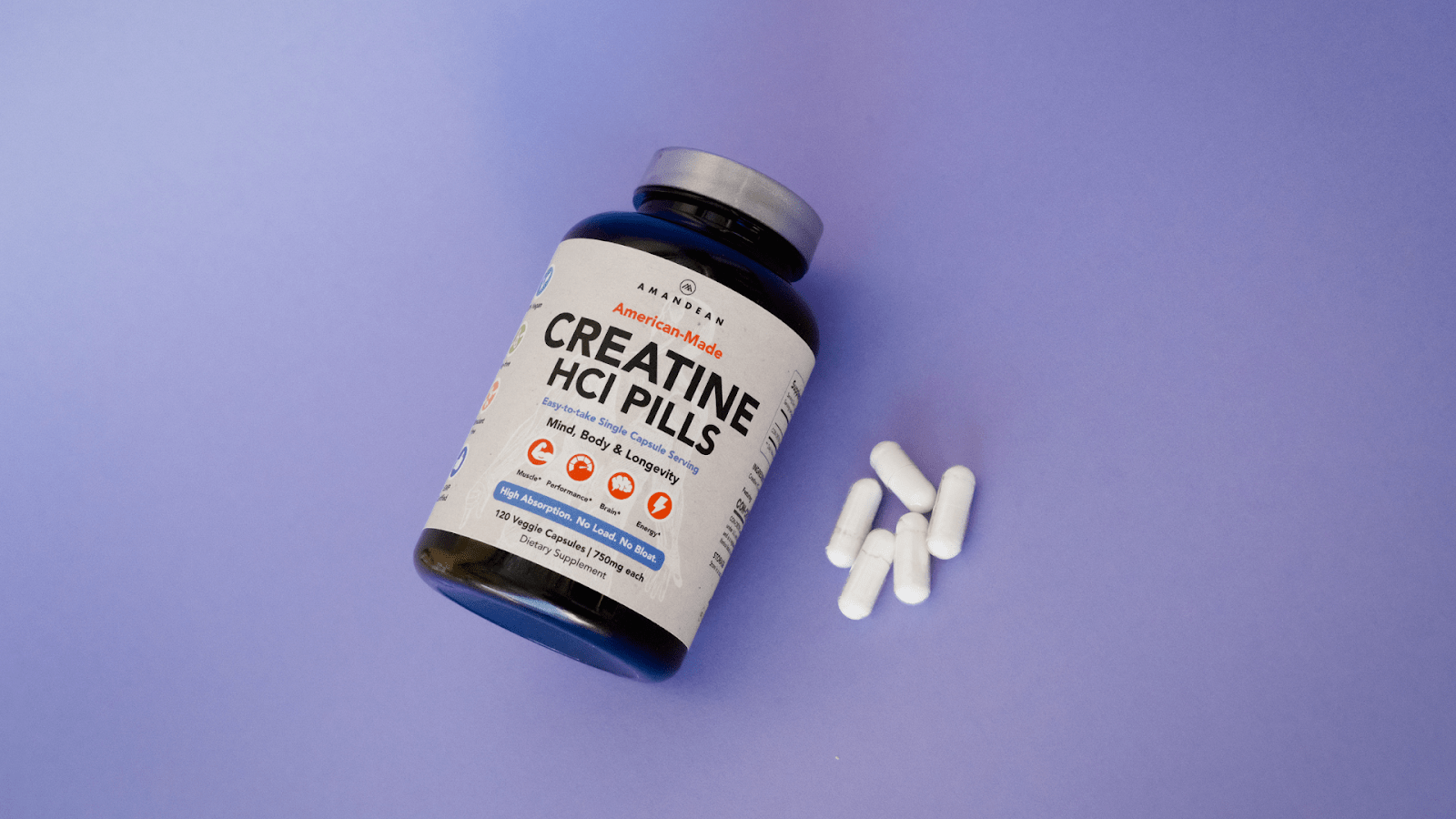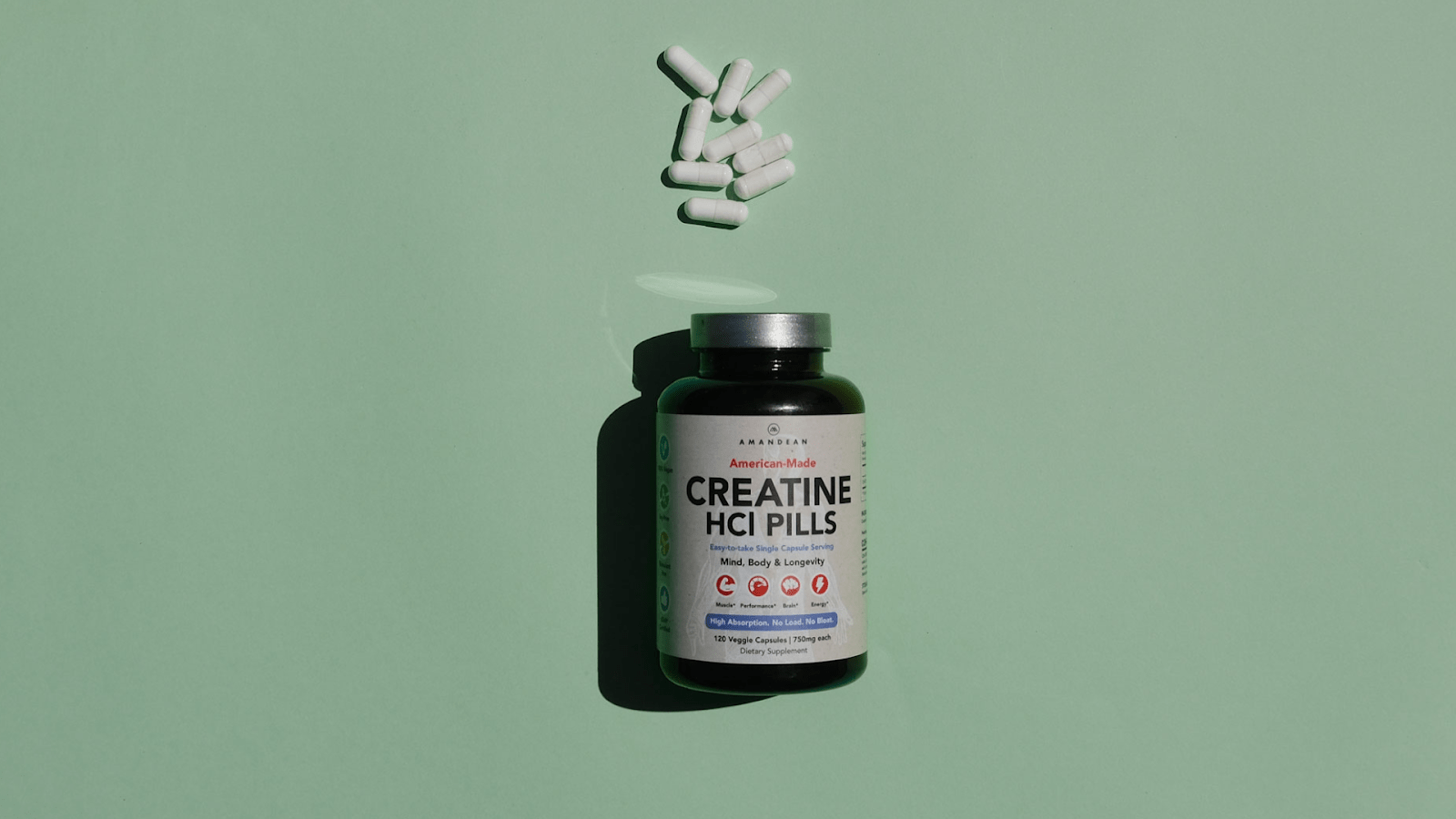Your Cart is Empty

May 31, 2021 4 min read
The name sums it up pretty well; intermittent fasting means to temporarily decrease or hault your food intake for planned, short-term periods (fasting windows) followed by planned, eating windows.There are many different types of fasting, but the main difference is timing. For instance, the most popular method of fasting is the 16:8 in which you fast for 16 hours then resume normal eating patterns for 8. Other methods include the 5:2 (2 days of caloric restriction, 5 days normal eating), alternate-day fasting (eat one day, fast the next), and "eat stop eat" (2 days fasted, 5 days normal). Choosing the right type of intermittent fasting for you depends on your health goal, schedule, and experience.
Take our quiz and find which supplements your body is craving.


The positive effects of intermittent fasting are widespread. It is now a go-to method for weight loss. In fact, many people with type 2 diabetes or who are pre-diabetic fast to prevent obesity, lower cholesterol, lower blood sugar, and stabilize insulin levels. In fact, one review found that intermittent fasting and alternate-day fasting were as effective as limiting calorie intake at reducing insulin resistance and improving insulin sensitivity. Many people find it much easier to skip a meal or have a couple of fasted days a week, than a week of strict dieting. Though fasting can be considered a method of caloric restriction, it has a long-lasting effect and is a much more sustainable way to lower body weight and prevent future weight gain.
A study conducted on obese adults also found that fasting improved heart health by decreasing blood pressure, blood triglycerides, and total cholesterol.

Both human and animal studies have found that intermittent fasting has beneficial effects on chronic inflammatory conditions such as multiple sclerosis and rheumatoid arthritis.
Many of the amazing health benefits of intermittent fasting can be traced back to how it supports beneficial bacteria within the gut, AKA your gut microbiome. There are trillions of different fungi, bacteria, and viruses in the human gut. At first glance, it might sound gross or even unhealthy to have these microorganisms hangin' out in your gut, but they play a pretty important role, not just in our digestive system, but also in mental and physical wellness as a whole. Your gut microbiota weighs about 2-5 pounds, roughly the same weight as your brain. Not surprisingly, your gut is often referred to as your second brain. The gut breaks down the food we eat so that it can be absorbed by our bodies.
A healthy gut is filled with healthy gut bacteria; an unhealthy gut is filled with "bad" gut bacteria. Maintaining a healthy balance of the two can be difficult and depends heavily not just on what you eat, but when you eat. These bacteria are very reactive to the presence and absence of food and even have their own circadian rhythm or circadian clock. During sleep, our "sleeping gut microbiome" is run by good bacteria like Akkermansia muciniphila. Then, when we wake up, other bacteria kick into gear to pick up where the "sleeping microbiome" left off. The 16:8 method of fasting closely follows this circadian clock by limiting eating hours to the day and leaving night and early morning for your gut to reset.

Following this circadian rhythm also coincides with our body's natural hormone production and nutrient processing. For instance, insulin sensitivity is greatest in the morning, whereas melatonin is greater at night and can interfere with your insulin levels and the processing of food. Consistently eating during these less efficient metabolic states (hello midnight snacks!) can even prompt metabolic diseases such as type 2 diabetes. Though research into how fasting can impact the gut is still relatively new, animal models suggest that intermittent fasting may restore gut microbe diversity, ward off “bad” gut microbes, and help to heal and strengthen the gut lining, reducing the risk of leaky gut syndrome. Researchers in gastroenterology are now exploring the possibility of expanding our lifespans just by syncing our eating schedules with our internal clocks.
Finding the right time to eat is only half the battle. Our gut bacteria need to be fed to stay healthy and in harmony! Here are some happy gut foods to eat during your eating windows:

Intermittent fasting means to temporarily decrease or halt your food intake for planned, short-term periods (fasting windows) followed by planned, eating windows.
Insulin sensitivity is greatest in the morning, whereas melatonin is greater at night and can interfere with your insulin levels and the processing of food.
Researchers in gastroenterology are now exploring the possibility of expanding our lifespans just by syncing our eating schedules with our internal clocks.
Our gut bacteria need to be fed to stay healthy and in harmony.

October 17, 2025 8 min read
Find out why creatine is better for vegans! Boost your wellness game and unlock peak performance with Amandean's premium supplements today.

October 16, 2025 7 min read
Learn whether collagen in coffee is just another wellness fad. Examine the facts, benefits, and how to use collagen in coffee for beauty and joint support.

September 22, 2025 9 min read
Unlock the full benefits of creatine for women. Boost energy, beauty, and brainpower with Amandean’s clean formulas.